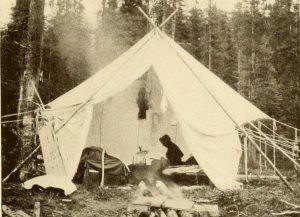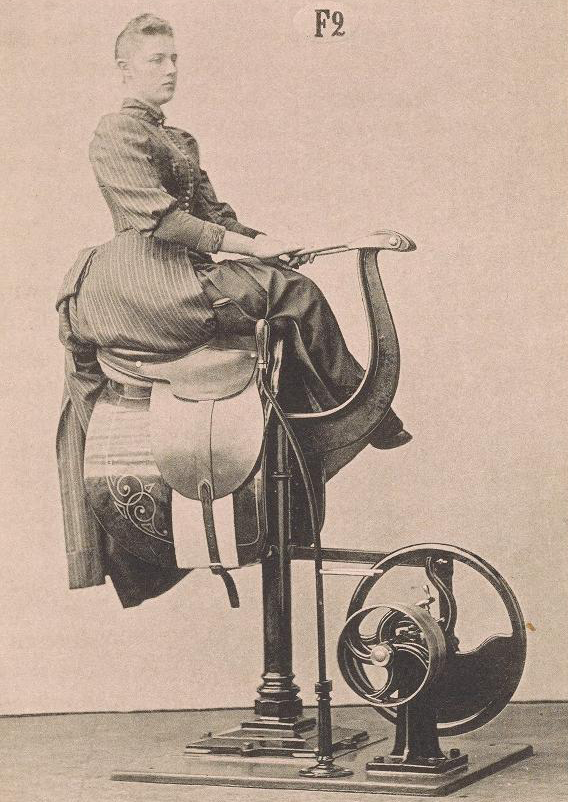It’s rare for the questions posed by seven-year-olds to result in more than a hurried answer from mom or dad, let alone anything with lasting beauty and utility. But seven-year-old more »
Author: Richard Naples
Richard works in the Digital Services Division of the Smithsonian Libraries and helps to manage data for Research Online, the bibliography and repository for scholarly output at the Smithsonian Institution.

What are your plans for National Camping Month? Thinking of bringing along a sketchbook? You’d be in good company.
Mary Vaux Walcott (1860-1940) was undoubtedly a pro at camping. The naturalist and botanical illustrator spent the summers of her youth in the Canadian Rockies with her well-to-do family, where she became an active mountain climber, outdoorswooman, photographer, and started her first forays into botanical illustration. It was later in life, in her mid fifties, when she married the then current Secretary of the Smithsonian, Charles Doolittle Walcott, against the objections of her father.
This is a two-part series on the Hewitt sisters. Read part one.
By 1897, Sarah and Eleanor had collected enough to formally open their museum on the fourth floor of the Cooper Union. In the tradition of their grandfather, the Hewitt sisters wanted to actualize a museum and library that were not just a showcase, but also tools—places that students and designers could come to for reference and inspiration, then go out and create their own innovative objects. In the birth of the Cooper Union Museum for the Arts of Decoration, the sisters embodied the increasingly democratic attitudes that grew to dominate the 20th century. Their museum was to be open to everyone, with “no tedious restrictions and formalities,” which were often imposed by the exclusive art galleries of the era. Indeed, their museum provided a means for many women to gain economic independence through art and design.
This is a two-part series on the Hewitt sisters.
Deep in the Cooper Hewitt, Smithsonian Design Library’s collection of rare books, one might be surprised to come across children’s illustrated books by Walter Crane and Beatrix Potter. Even more fascinating might be the origin of these tomes, for in this collection are the very books read by the founding sisters of the Cooper Hewitt, Smithsonian Design Museum: Sarah (Sallie) and Eleanor (Nellie) Hewitt. These sisters—born of the Gilded Age, granddaughters of industrialist Peter Cooper—would create the first and only museum dedicated to decorative arts in the United States, originally named the Museum for the Arts of Decoration. They were the first women to establish a museum in America.

Around March, I’ll be forgiven if I start to pay a little more attention to the genders of the people I come across in our digital book and journal collection. After all, it is Women’s History Month. But one journal I keep coming back to is Keramic Studio, a monthly ceramics magazine produced around the turn of the 20th century that we digitized a couple years ago as part of our Books Online collection. Adelaide Alsop-Robineau began the journal in 1899, and it continued to be published into the 1920s. The work featured in the early years of the journal was primarily contributed by women, including Alsop-Robineau herself, along with her co-editor Anna B. Leonard. Both women were well known ceramics painters and designers. I find myself returning to the journal and perusing the many images and illustrations, especially when I need a dose of design inspiration.



